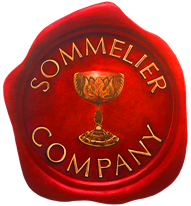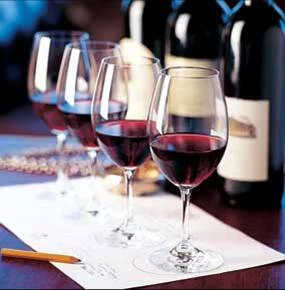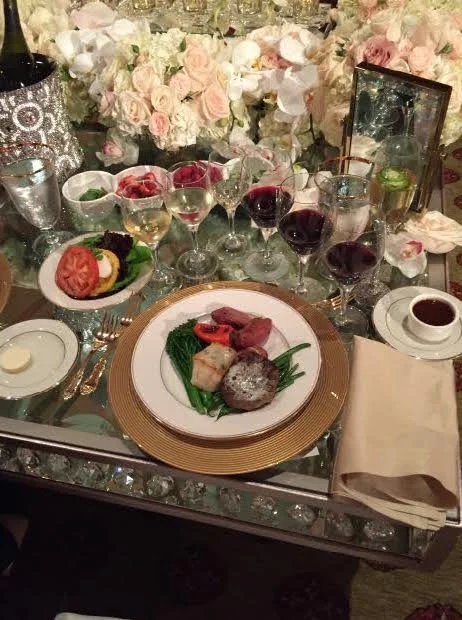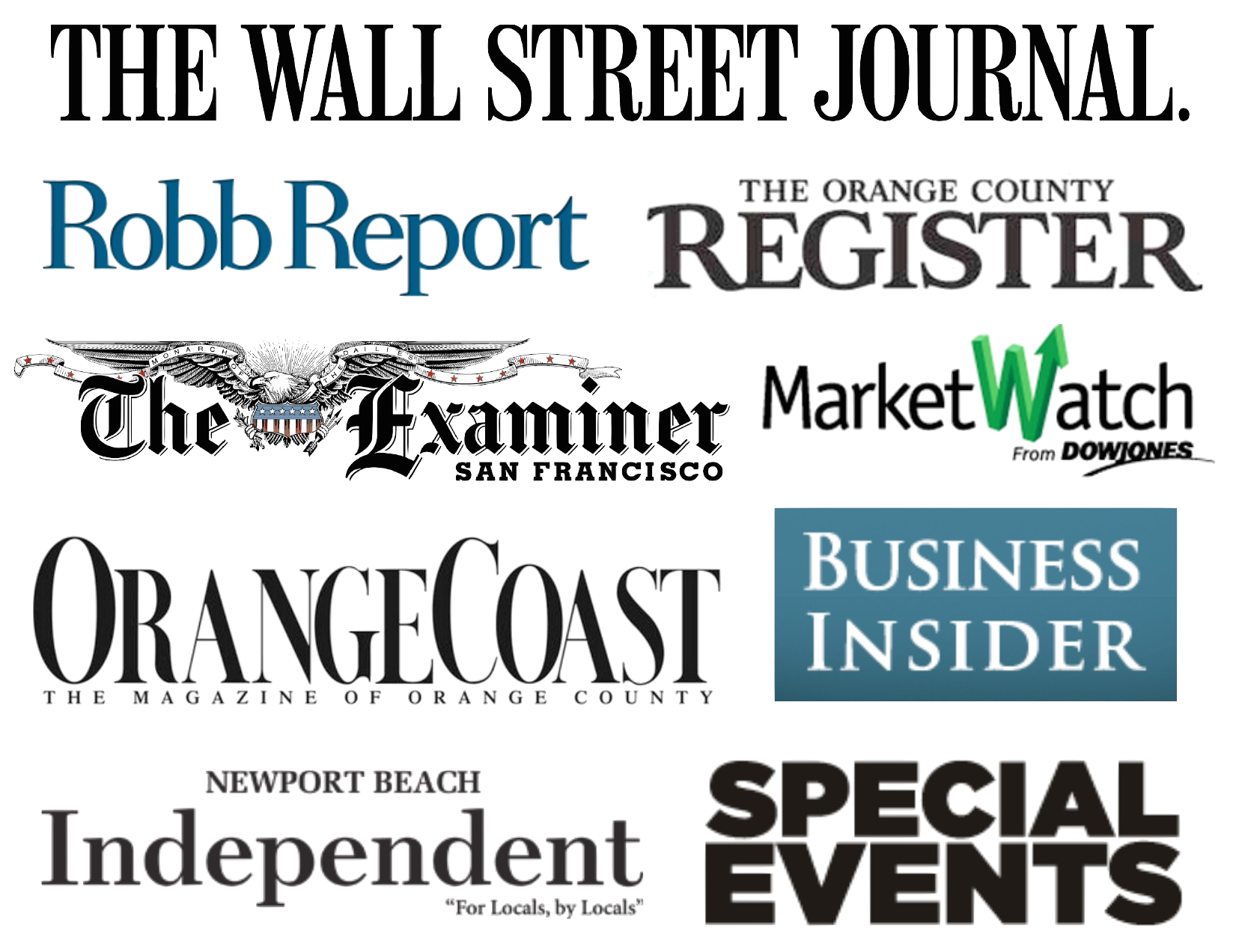How to Organize a Private Wine Tasting:
A Checklist for Parties and In-Home Events
Many companies, from small businesses to Fortune 500s, treat employees to a entertaining and educational guided wine tasting experience with our sommeliers. Having organized hundreds of such events, our team has complied a comprehensive list of best practices and creative ideas for having a successful wine event.
Using the list below, you can create your own wine tasting party or in-home or office private event with wine the way the professionals would. However, if you prefer to have a sommelier to guide you and your guests, and to let us take all the work off your shoulders, call us at +1 415 289 9760 or write to events@Sommeliercompany.com.
If you are looking for a suitable sommelier to prepare and run your tasting, be sure you hire a polished, articulate and well-organized professional... from The Sommelier Company. Don't fall into the trap of hiring an unproven presenter for your event just to save a few dollars.
All our sommeliers are tested for public speaking, certified with the top sommelier education bodies, and live close to your event venue... ask us to see credentials. And, our responsive office team will prepare your event perfectly. We have local sommeliers in nearly all cities.
A. Selecting the Wines
1. It's best to have 8-10 different wines for a tasting. Guests should taste wines in rounds of two, side-by-side, for an appreciation of the contrast in flavors.
2. Accordingly, you should provide two wine glasses for each guest. (If you are hiring a sommelier, he or she will be able to bring any additional glasses you need.)
3. One bottle per wine is enough, for up to 12 guests. For 8-10 different wines, that means 8-10 bottles in total. For each additional 12 guests, you will need to have an additional bottle of each wine, to ensure everyone gets a satisfactory pour.
4. One bottle contains about 13 pours of two ounces each. That's a good tasting portion, though guests should be advised not to drink all two ounces of all 8-10 wines! Pouring buckets should be made available for any unfinished samples.
5. It is usually a mistake to only show American wines at your tasting. The world has a great diversity of wine flavors to show you and your guests, and it is best to learn to appreciate wines in contrast. (It also does not cost more to show global wines.)
6. It is common to have a sparkling wine (usually Champagne, Cava or Prosecco) as the welcome beverage, though you will need to provide flute-shaped glasses for this.
7. We recommend showing two to three white wines and six to seven red wines. Most people prefer reds, but a few diverse whites will make a well-rounded tasting.
8. When selecting specific wines, draw from important classic grape and region combinations, and remember to keep it diverse. Here are some suggestions:
Whites
- Chardonnay from Chablis (France)
- Sauvignon Blanc from Sancerre (France)
- Riesling from Mosel (Germany)
- Viognier from Condrieu (France)
- Torrontes from Argentina
- Chenin Blanc from Vouvray (France), or South Africa
- Gewürztraminer from Alsace (France)
- Albariño from Rías Baixas (Spain)
Reds
- Pinot Noir from Burgundy (France), Oregon, or New Zealand
- Cabernet Sauvignon from Bordeaux (France), or Napa Valley
- Cabernet Franc from Loire Valley (France)
- Syrah from the Rhône Valley (France), or Australia
- Sangiovese ("Chianti" or "Brunello di Montalcino") from Tuscany (Italy)
- Nebbiolo from Barolo or Barbaresco (Italy)
- Tempranillo from Rioja (Spain)
- Grenache from Southern Rhône Valley (France)
- Gamay from Beaujolais (France)
- Carménère from Chile
- Malbec from Argentina
- Zinfandel from Paso Robles (California)
9. If you're hiring a sommelier, allow him to help you choose individual wines. He has tasted many wines and knows which producers and vintages will show well at the time of the tasting, giving you the best quality for the budget you've chosen.
10. Avoid buying wines at a supermarket. They tend to be higher priced and lower quality than what a good wine store offers, and usually lack a good global selection. If you want to know the best wine store in your region for competitive pricing, feel free to call us. (In most states, wine can be shipped to you from outside of your region, but expect to pay about $30 in shipping costs.)
11. Consider a sweet or fortified wine for the end of the evening, such as Sauternes dessert wine or Port. It's even better to pair it with dessert: Perhaps crème brûlée with Sauternes, or chocolate cake with Port.
B. The Format of the Tasting
1. Setting a theme for your tasting and announcing it in advance can build excitement and get your guests into the right mood for the tasting. Perhaps:
- Key Grapes from Around the World
- Wines rated 95 and above
- Wines of Italy
- A Night in Tuscany
- Old World vs. New World
- Italy vs. France
- France vs. California
- Exploring the Southern Hemisphere
- Wine & Food Pairing (serve a heavy appetizer with each wine)
- Vintage wines that match the anniversary or birthday theme
2. Maybe your friends don't care much about wine? Offer them a whiskey tasting instead, sampling important Scotches, Bourbons, and Tennessee whiskey, among others. (We do offer whiskey experts for tasting events.)
3. Consider making the event more mysterious (and perhaps competitive) with a blind-tasting format. Simply place each wine bottle into a numbered paper bag, and allow guests to try to determine which wine is which, based on past experience or textbook clues as to what each wine should taste like.
4. Bring in a sommelier, wine educator or keynote speaker to leads the tasting, teach guests how to blind-taste, or run a wine blending competition, to make your event part social, part educational–and totally memorable.
5. Choose between a casual walk-around approach with tasting stations, or a more focused sit-down dinner event with choreographed presentations, course-by-course.
6. If you are reluctant to host the event in your house, consider using a restaurant. With many, you can simply buy dinner from them and they will give you a private room and corkage (for any outside wines) at a reasonable cost.
7. If you decide to have guests bring a bottle of wine each, provide clear guidelines as to the type of wine (grape and region combination) and price level, to avoid any bad surprises. (In our experience, this is not the best format to choose.)
C. Food Pairing Considerations
1. The theme of the event and of the wines should correspond with (or at least not diverge too much from) the type of food you are preparing. Many wines are meant to be enjoyed with food (i.e., most French and Italian wines) and are best paired with the cuisine of their place of origin.
2. Paired cheese, charcuterie, honey and chocolate tastings often complement the wine selections well. If you have access to an outdoor space, a guided cigar tasting (perhaps with live cigar rollers) can also be exciting. We offer experts in these and other delicacies, including olive oil, balsamic vinegar, tea, jam, coffee and more.
D. Recommended Wine Budget
1. Plan to spend between $25 and $70 per guest for quality wines.
2. Our typical recommendation for an impressive tasting is $50 per guest.
E. Logistics and Set-up
1. Chill the white wines (ideally on ice) before and throughout the event.
2. Place pouring buckets throughout the venue, so guests can dispose of unwanted wine. (This is especially important if a lot of wine is available!)
3. Special pens can be purchased at most wine stores, to temporarily write guests' names on glasses, or to number bottles with labels covered for a blind tasting.
4. Avoid using glassware close to a pool by keeping guests away from the area. Or, if the theme is Summer or outdoor-focused, consider using plastic glassware.
5. Be careful that your guests do not drink too much, or drink and drive. Small tasting pours can help, as can encouraging the use of pouring buckets, providing plenty of water, and winding down the tasting component well before the gathering ends.
F. Complete Supply Checklist
- Location and space suitable for event
- Tables and chairs (for seated events)
- Tasting stations (a 6-10 foot table per station, for reception-style events)
- High-top tables or other furniture, in case of reception-style event
- Table covers, and other decoration
- Wines or spirits for the tasting
- Wine glasses (2 per person for seated events, 1 for reception-style events)
- Ice buckets or cooling crate
- Ice (often needed for white wine, beer, and whiskey tastings)
- Dump buckets
- Paper and pens (for attendees to take notes)
- Wine glass marker pens
- Mini-plates and forks, as well as display platters for food/pairing items
- Napkins
- Water bottles or water glasses for attendees
- Clean-up after the event
The Sommelier Company has created thousands of memorable wine tasting events for across the United States and internationally. We offer turn-key programs in all U.S. and global metropolitan areas.
Call +1 415 289 9760, or write to events@SommelierCompany.com for an immediate quote.





